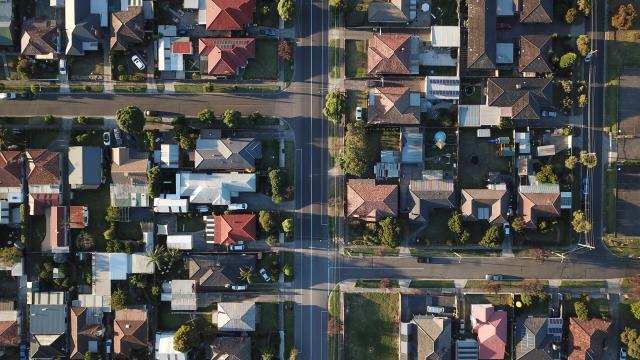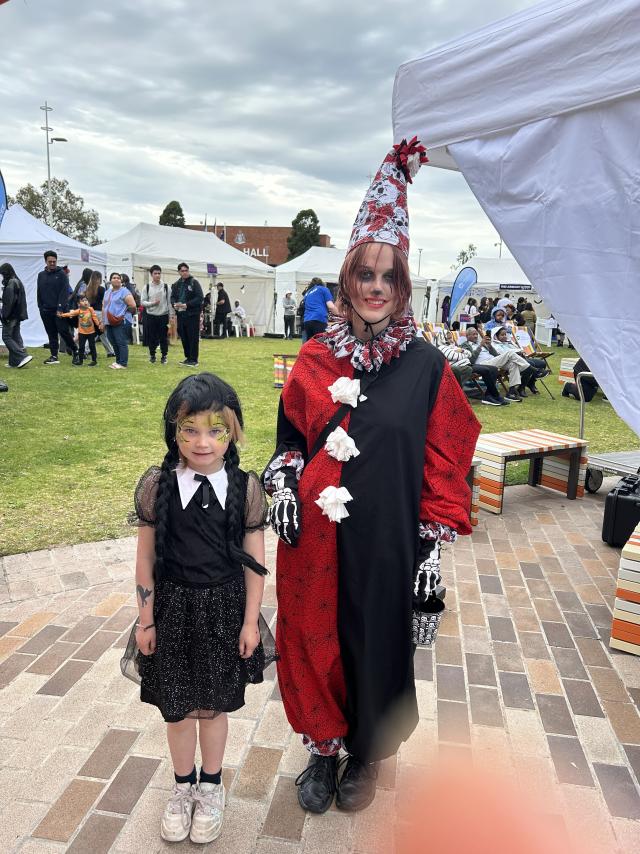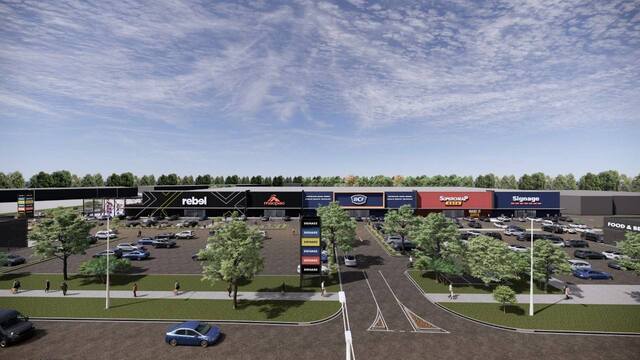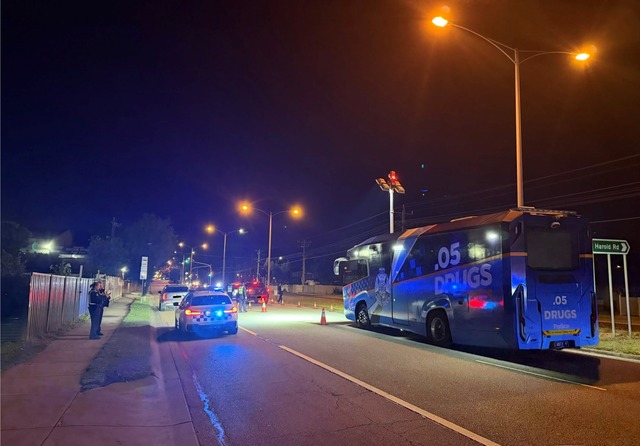Almost six per cent of households in the City of Casey are not ‘appropriately housed’, according to new analysis from the Community Housing Industry Association (CHIA) and UNSW City Futures Research Centre.
The analysis, which looked at data from the 2021 Census, found that 6800 households in the municipality were either spending 30 per cent of their income on rent, living in overcrowded housing or were homeless.
That proportion could be even higher today, according to local homelessness support service WAYSS, who said demand for their resources continues to increase in the aftermath of the pandemic.
“The Census data does highlight the housing need in 2021 and it is key to recognise we were in the middle of the pandemic and now we’re seeing increased interest rates, higher cost of living and a lack of affordable and social housing and rental properties within the whole southern region, especially Casey and Cardinia which are growth corridors,” WAYSS chief executive Wayne Merritt said.
Mr Merritt said the organisation has seen an increase in the number of people presenting to WAYSS’ access point in Dandenong.
“Last week we had 38 people coming to our access point by 11 o’clock – that’s just crazy – and the options available to those people are limited because of the lack of housing and the rental market.”
In Victoria, Melbourne’s South East was ranked as the third-worst affected area in Victoria when it comes to housing stress, behind Melbourne’s North West and West, where 20,000 households are not appropriately housed.
CHIA Victoria acting CEO Jess Pomeroy said the report highlights the urgent need for more social housing in Victoria.
“The Inner, West, and South East parts of Melbourne are among the top 10 areas in Australia with the highest number of households facing unmet need,” she said.
“Victoria has the lowest proportion of social housing in the country. We urgently need governments to provide a clear, long-term funding pipeline for social and affordable housing beyond the Big Housing Build.
“The Victorian Government can help achieve this by spending $6 billion on 20,000 social homes over the next decade.”
Mr Merritt agreed there is a need for an investment in increased housing stocks, but said the government and homelessness service providers also need to better address the immediate needs of individuals facing homelessness.
“The conversation is heading in the right direction, but these things take time and time is not what a lot of people have right now, so we need to be creative in how we respond to the immediate needs of the community,” he said.
“[Housing] is just the tip of the iceberg, each and every day we’re seeing more people with significant trauma from their experiences, so it’s a much larger approach than just housing.
“As well as housing, we need to give appropriate support for these individuals, in a well connected community, so they can succeed in life.”







